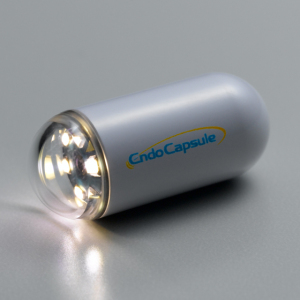by
Keith Loria, Reporter | August 12, 2010
This report originally appeared in the July 2010 issue of DOTmed Business News
There seems to be more excitement in the endoscopy industry today than at any time during the past two decades. OEMs are unleashing high-tech image advancements, service and refurbishment companies are seeing business boom and the health care reform law has served as the catalyst for many heated discussions.
Narrow band imaging, 3-D and high-definition capabilities are the biggest developments in the industry, according to endoscopy experts, and the advancements are helping save more lives and making the lives of the professionals carrying out the procedures easier as well.



Ad Statistics
Times Displayed: 109208
Times Visited: 6638 MIT labs, experts in Multi-Vendor component level repair of: MRI Coils, RF amplifiers, Gradient Amplifiers Contrast Media Injectors. System repairs, sub-assembly repairs, component level repairs, refurbish/calibrate. info@mitlabsusa.com/+1 (305) 470-8013
"Small improvements like the V-design at the distal tip of the new Olympus duodenoscopes have made life a little easier for doctors performing endoscopic retrograde cholangiopancreatograms," says Michael Riney, a spokesman for Tenacore Holdings, which repairs, refurbishes and sells endoscopy equipment.
"More and more customers worldwide are upgrading their endoscope stocks from the [Olympus] EVIS EXERA I 160 series to the high-definition EVIS EXERA II 180 series," said Alberto Voli, president of Zgrum Medical in a written response to DOTmed News.
Voli's company sells, refurbishes and services flexible video and fiber endoscopes and accessories from Olympus and Pentax. "Other than the high definition features, these scopes from Olympus feature NBI capability, enhancing the visibility of capillaries and other miniscule structures by emphasizing the contrast between small vessels and normal tissue," he said.
Even endoscopy accessories are changing with the times, as better lighting, carting and cabinets are being created. Currently, integrated LED light sources are of increasing popularity and are allowing scopes to be portable and easier to maneuver into hard-to-reach areas.
"In recent years, the most significant technical advancement has been video chips, replacing fiber optic vision bundles," says Craig Vogeley, operations manager for Gulf Medical Fiberoptics, which manufactures replacement fiber optic light cords for endoscopy as well as replacement fiber optic light bundles for third-party flexible endoscope repair facilities. "From our company's perspective, this year and the near future's biggest news is the transition to LED light sources for endoscopy, surgery and microscopy."
Coming down the pipeline
For medical professionals who have been keeping up with the endoscopy buzz at medical conferences and through published papers, two of the more interesting developments are just around the corner.

